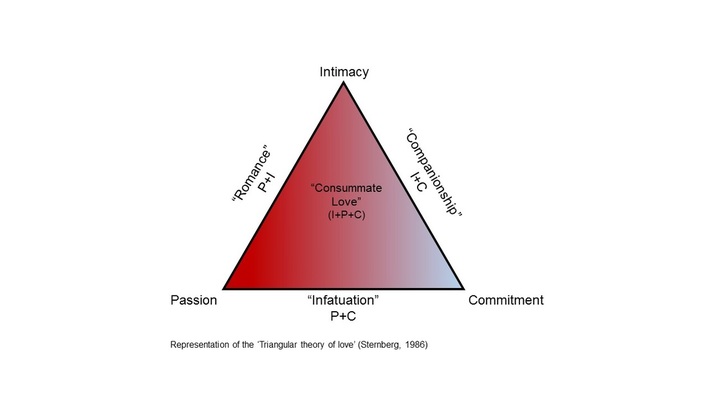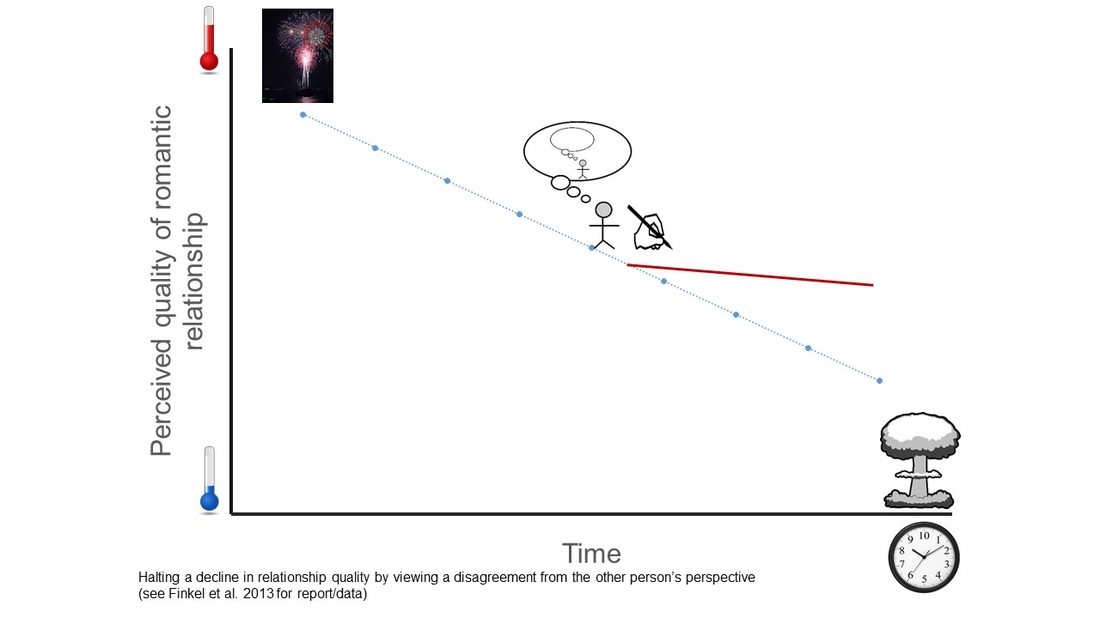Are all women really bisexual?
Katrina Woods and Dr Christopher Watkins
There may be a common stereotype of some women who, at a certain point in their life, experiment with ‘bi-curiosity’ and consider their possible feelings or romantic attraction toward other women (at least in certain areas of California...). But what does the science say about this and is this a good example of research that the media portray perhaps too vaguely with ‘click-bait’ headlines?
Recently, the BBC (among others) produced an article on a recent piece of sex research, under the headline ‘no woman is totally straight’. To be fair to the journalist, they do highlight the complex picture painted by this research. But perhaps there are a few details to clarify when you go deeper into the original paper. Indeed, they quote the researcher, but perhaps leave out an important point from his quote within the title…
The study in question shows that women who like women have a ‘male-typical’ pattern of sexual arousal when they take part in arousal experiments within a sex research laboratory. Here, ‘male-typical’ represents something typical of an average male in contrast to an average female (rather than all males/females). The interesting research in this area demonstrates that men’s arousal patterns correspond more closely to their reported sexual orientation than women’s do – men are more aroused by erotic images/videos of their preferred sex, whereas women tend to be aroused both by erotic images/videos of men and women.
Researchers have in the past measured arousal by looking at the extent to which their pupils dilate, reports of how aroused they feel and genital arousal measured via equipment known as a plethysmograph, which measure changes to characteristics such as penile circumference in men and blood flow to the vagina in women.
The key point outlined in the research, when you look in greater detail, is that different patterns of arousal among women do not imply or translate to different patterns of orientation (e.g. arousal by itself does not imply bisexuality). In terms of sheer numbers, rates of same-sex sexual activity do not differ between men and women. Arousal patterns on the other hand appear in women not to be limited to a particular biological sex.
This and other interesting lab research appears to highlight the ways in which a typical male’s sexual orientation is tied more intimately to his experience of arousal than a typical woman’s is. Other external motivations may be important in shaping female sexual motivations and responses across their lifespan, while intrinsic/bodily factors may be more important as a motivator for men’s sexual behaviours.
Some argue that greater variability in female sexuality may have helped ancestral females in early human evolution if, for example, general attraction to women enabled them to gather support from multiple sources in difficult times.
Although still surrounded by some taboos with regards to receiving public funds, sex research began to gain some prominence post World War II, with pioneers such as Drs Alfred Kinsey, William Masters and Virginia Johnson (see dramatizations of their career in 2004 film Kinsey and television series Masters of Sex). Masters and Johnson thought of sexuality as lying on a spectrum ranging from exclusively heterosexual to exclusively homosexual. He considered sexuality as based upon potential emotional, romantic and visual thoughts and feelings toward both sexes, and considered a person’s exact position on the scale to have the potential to shift at different points in the lifespan.
Lots of exciting sex research in the lab now puts early ideas and studies on human sexuality to the test of rigorous science, with access to new technology and revision of early theories. An interesting array of ideas are emerging from modern science in this area. When examining sexuality, how intimately connected are our thoughts to our physical feelings and how, ultimately, we end up acting when we are in or seek an intimate relationship? Might average sex differences (even if subtle) in these three areas raise interesting questions for future research on relationships and sexuality, in terms of how men and women navigate an intimate relationship together (e.g. in challenging times) but also maximize pleasure/satisfaction (in the good times)!
Headlines in this area of research also need to be reported ethically and carefully, with a clear link to the primary research paper if available, especially if people’s primary source of knowledge on human sexuality is derived from modern media.
For an interesting introduction into this area of research, and to gain an idea of what sex researchers actually do, Dr Meredith Chivers gives an interesting talk to the general public on women’s sexuality which can be found here: https://www.youtube.com/watch?v=lYNNChcxzD0
Image Credit (used from flickr under creative commons licence): Faking it by TorbakHopper





 RSS Feed
RSS Feed